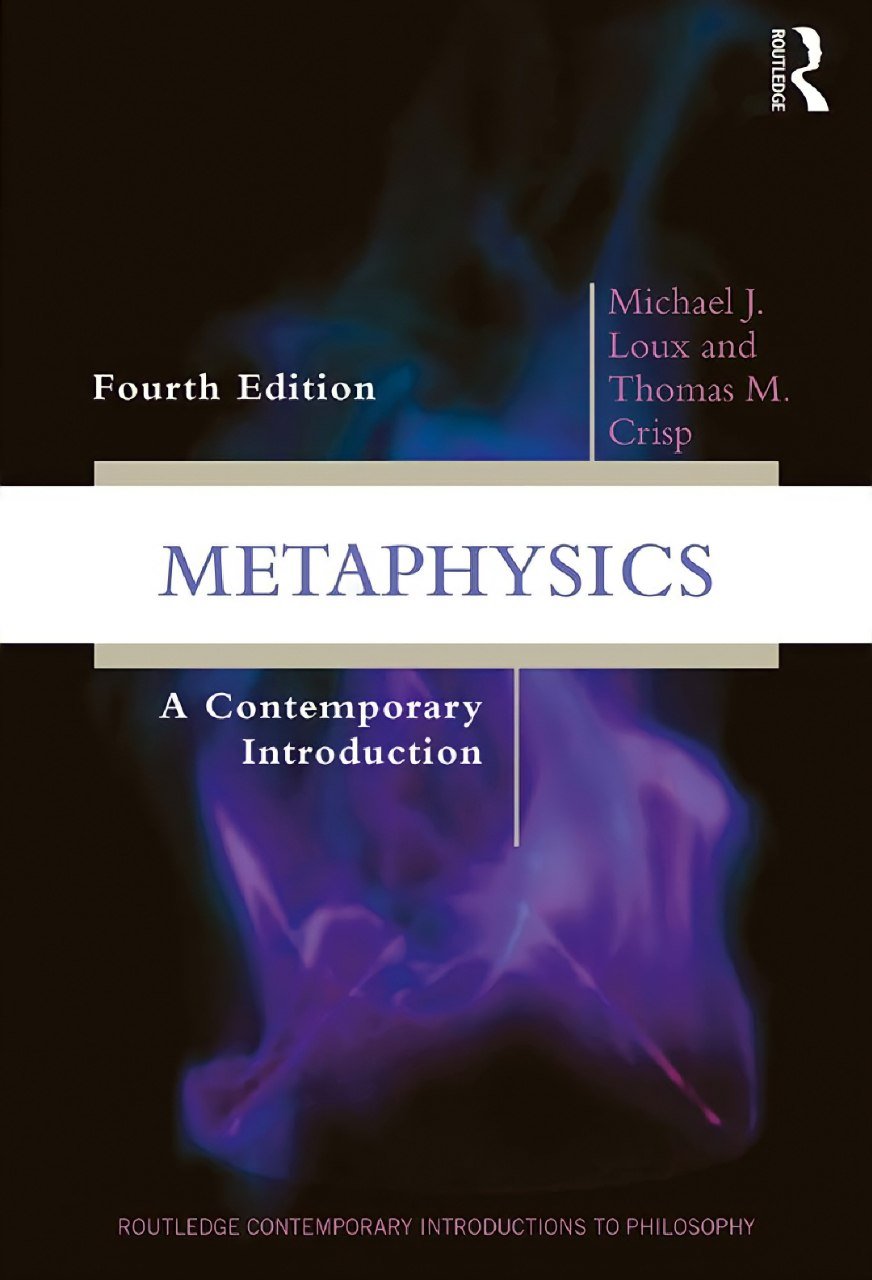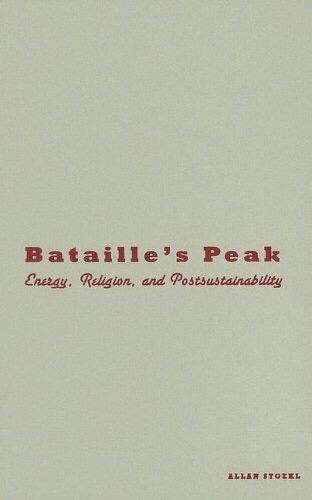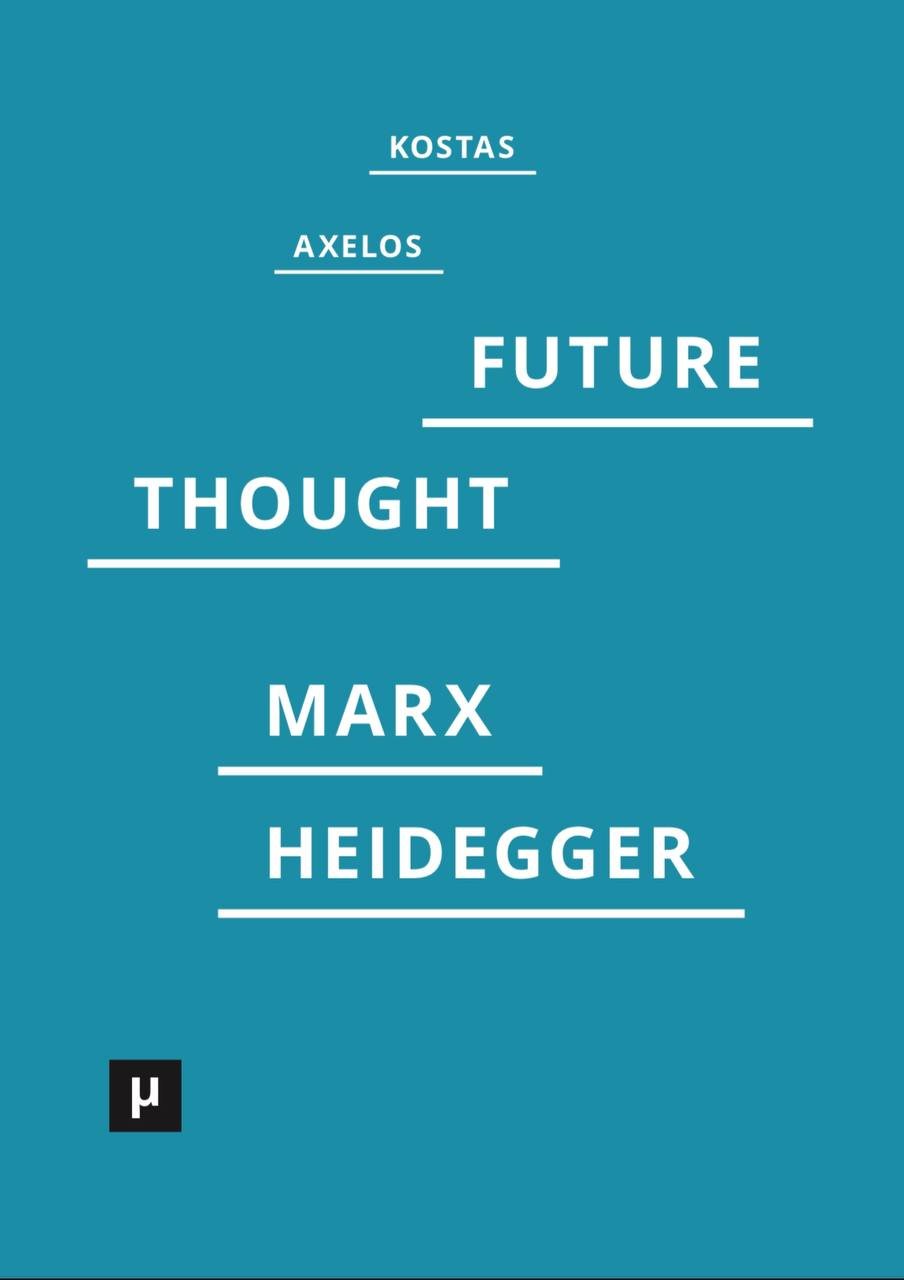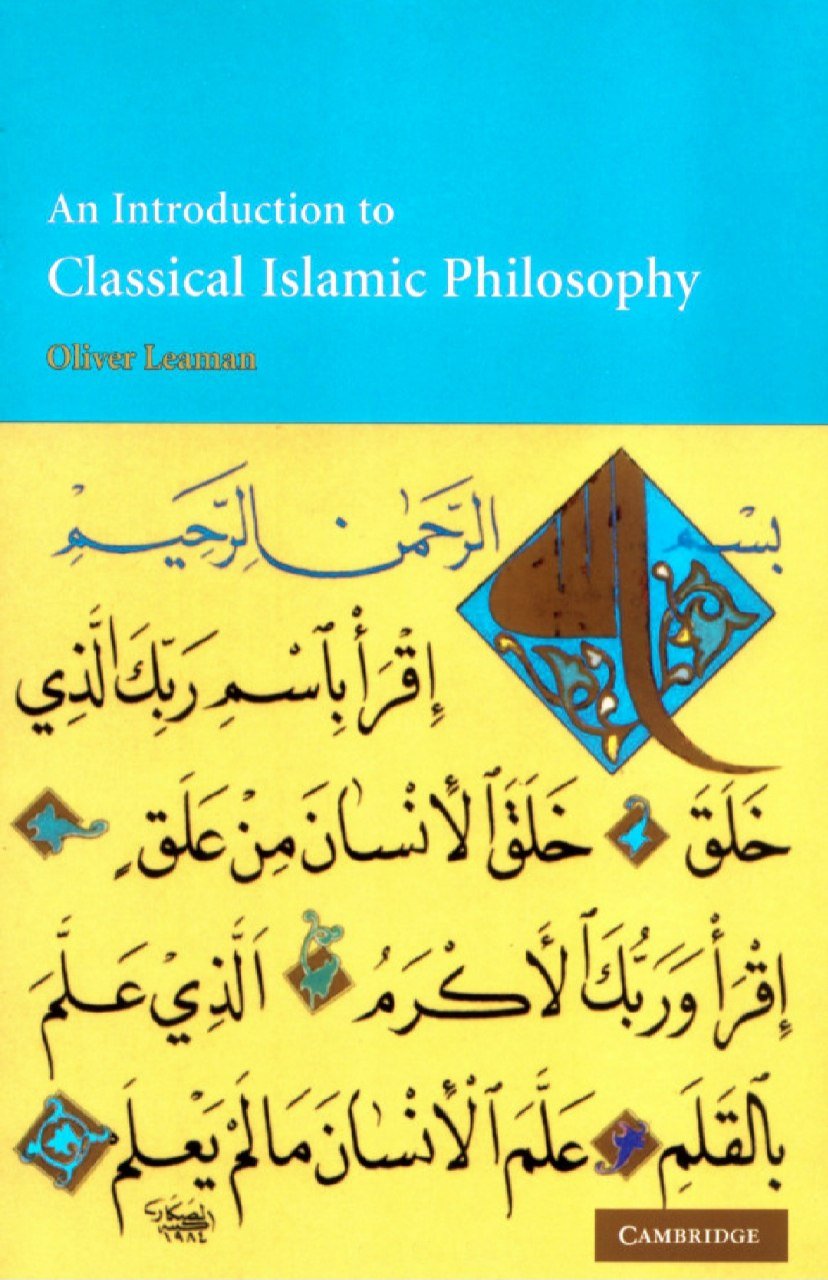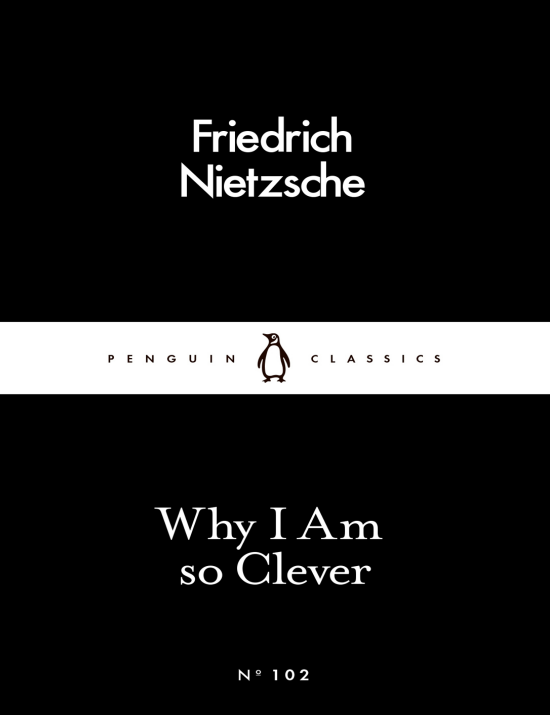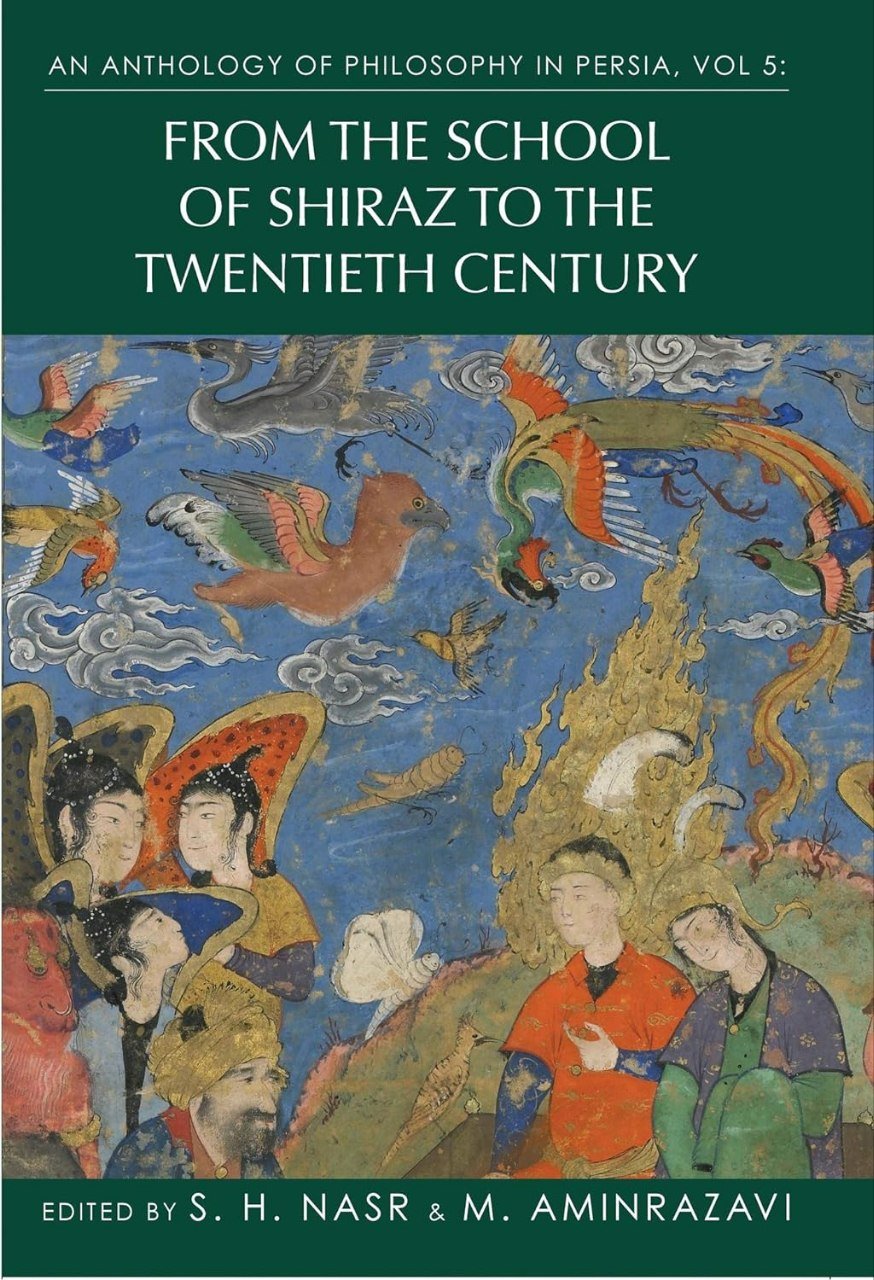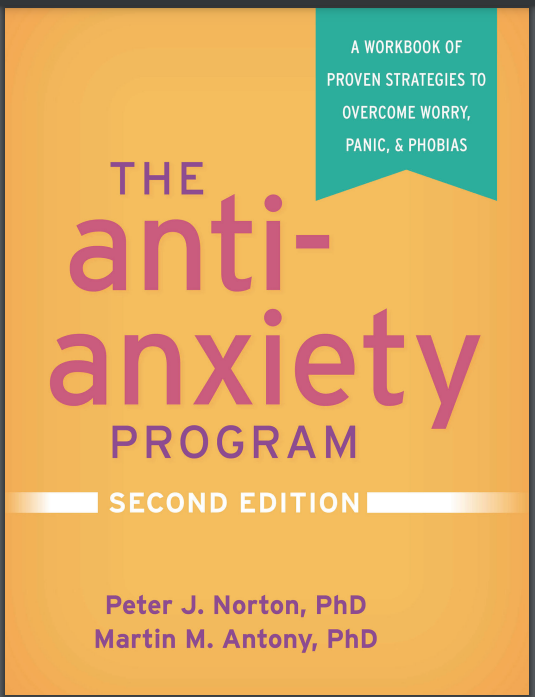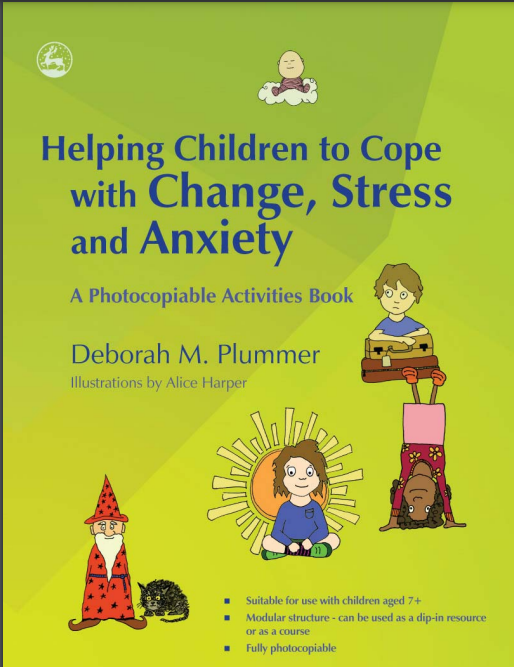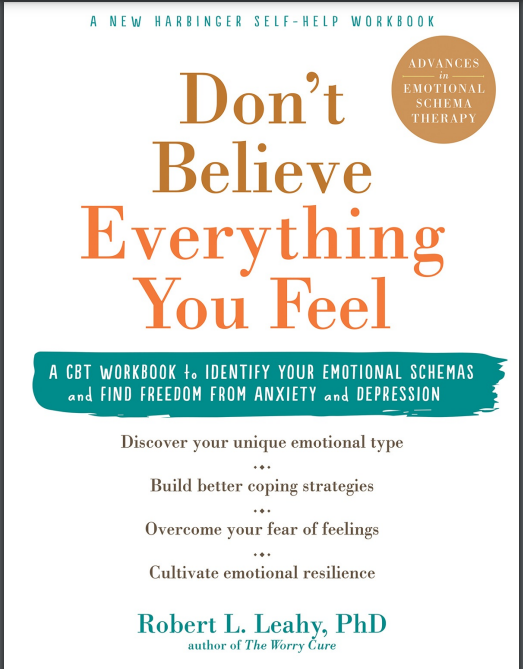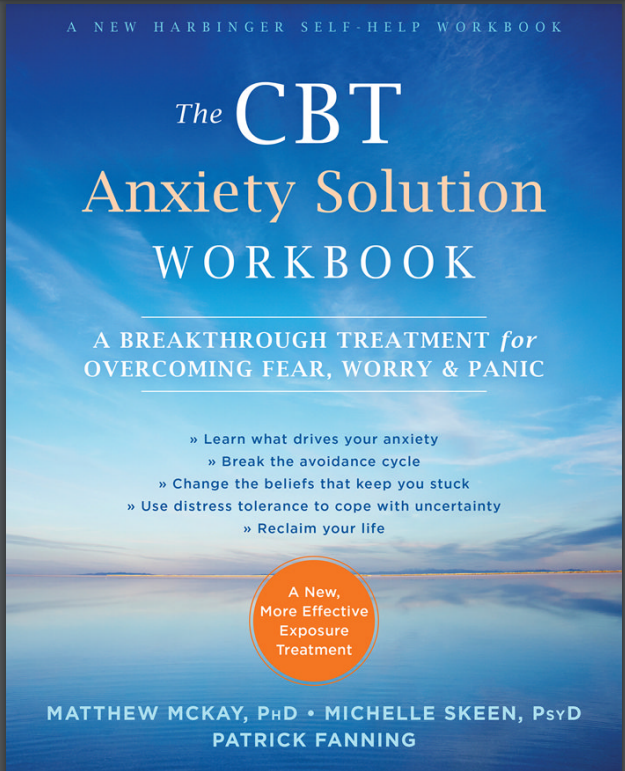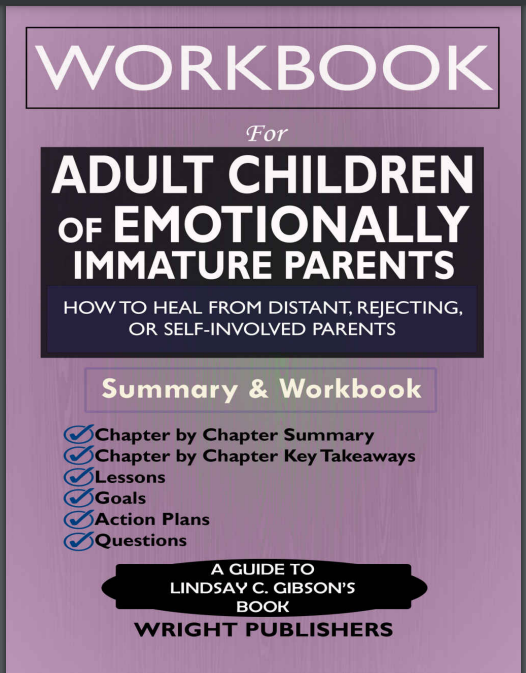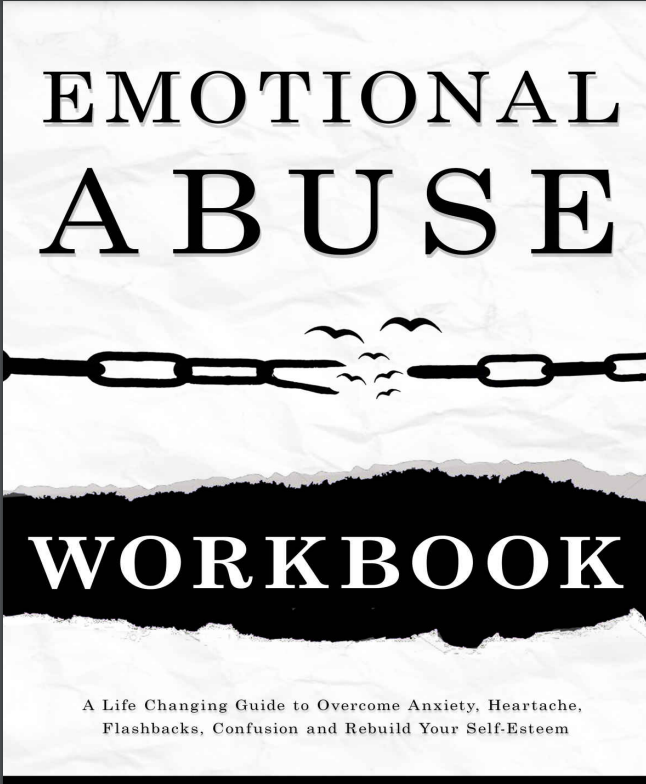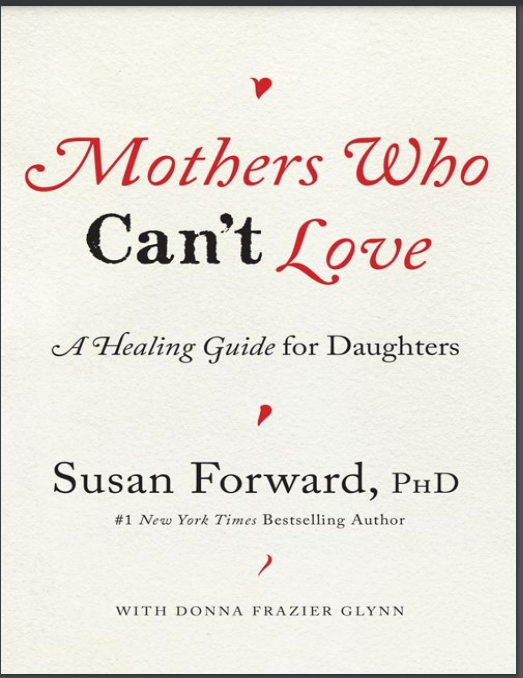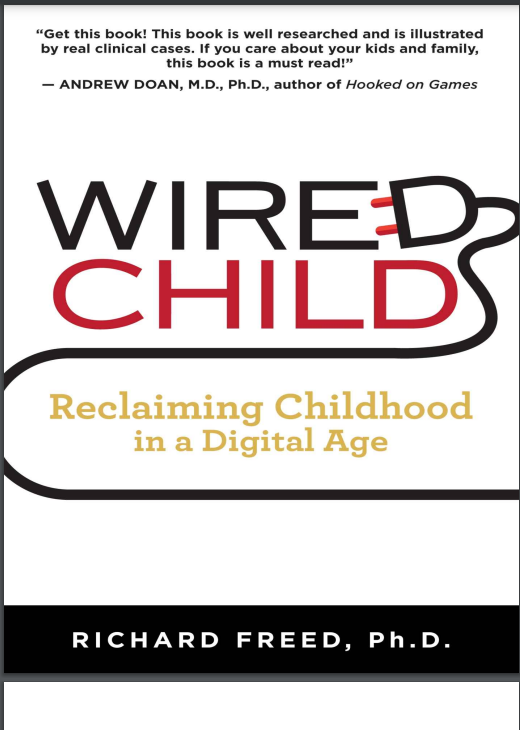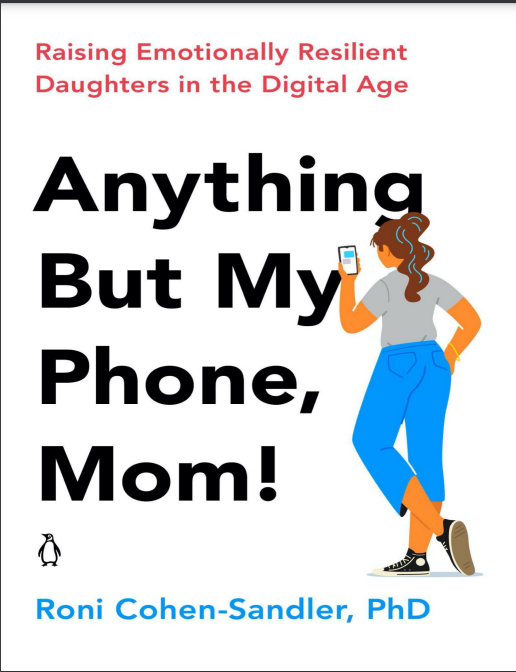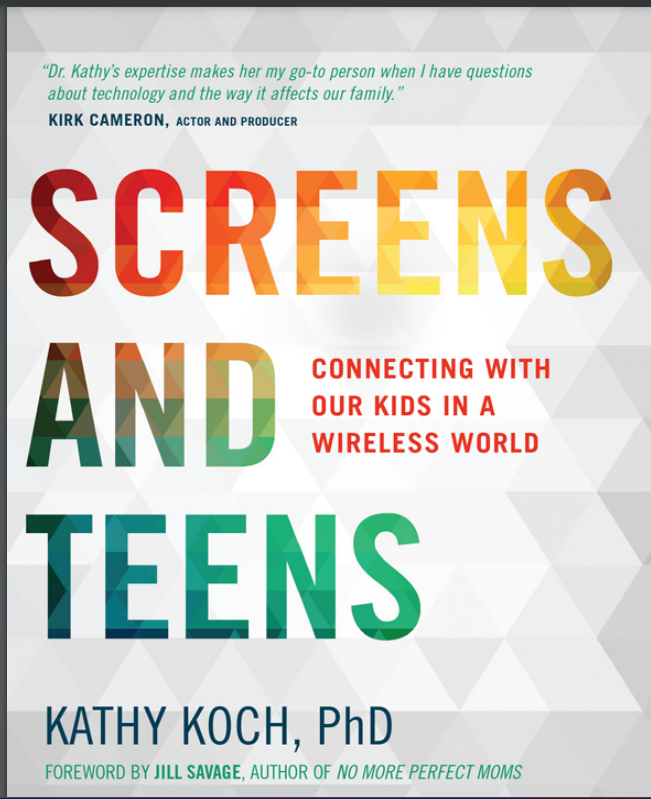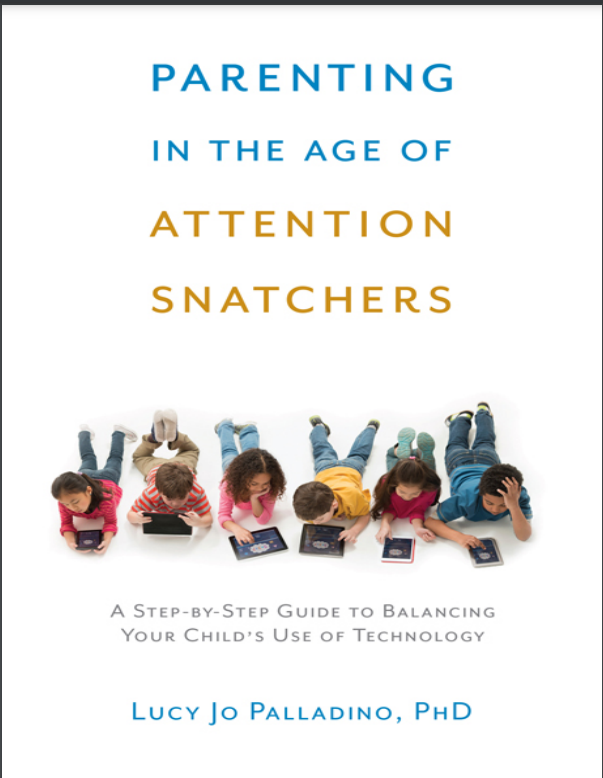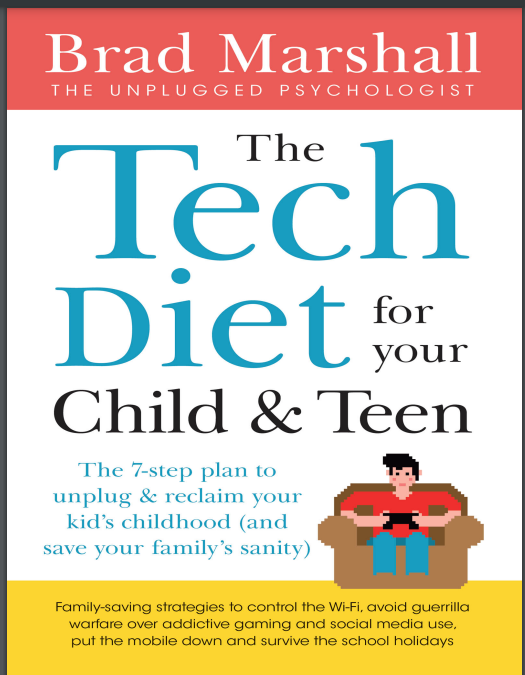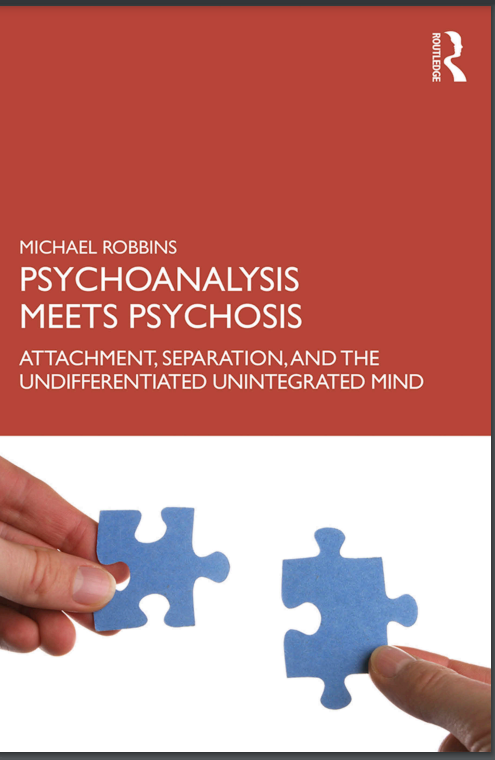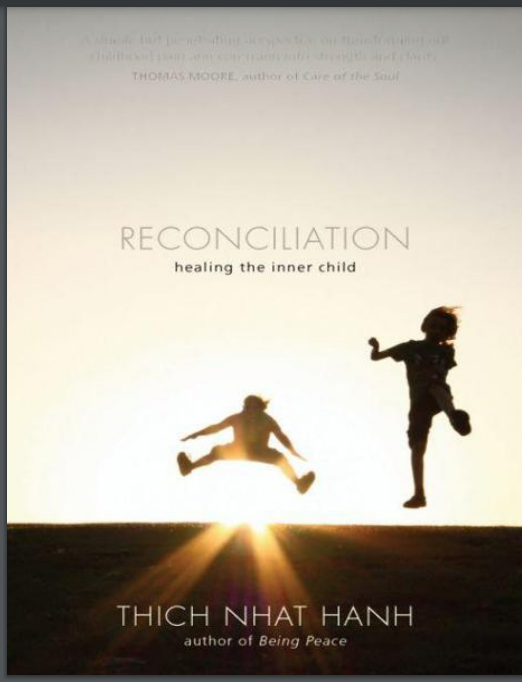

The Cambridge Companion to Gothic Fiction
Reviews
No review yet. Be the first to review this book!
Description
The Cambridge Companion to Gothic Fiction, edited by Jerrold E. Hogle, is a comprehensive and authoritative volume that offers an in-depth exploration of Gothic literature from its eighteenth-century origins to its modern and postmodern transformations. Published as part of the prestigious Cambridge Companion series, this collection of essays provides a critical overview of the Gothic genre’s development, key themes, cultural significance, and enduring appeal across centuries. Jerrold E. Hogle, a renowned scholar in Gothic studies, brings together a diverse group of literary critics and historians who examine the Gothic tradition from various perspectives. The book is structured to guide both students and scholars through the historical phases of Gothic fiction, starting with its roots in the late eighteenth century—highlighting seminal works like Horace Walpole’s The Castle of Otranto, Ann Radcliffe’s The Mysteries of Udolpho, and Matthew Lewis’s The Monk. It then moves through the nineteenth century with an emphasis on Mary Shelley’s Frankenstein, Bram Stoker’s Dracula, and the American Gothic contributions of Edgar Allan Poe and Nathaniel Hawthorne. The essays collectively explore how Gothic fiction has always reflected societal fears, cultural anxieties, and psychological tensions. The contributors analyze the genre’s preoccupation with themes like the supernatural, madness, monstrosity, decay, and the uncanny, as well as its fascination with the boundaries between reason and irrationality, life and death, and self and other. Attention is also given to how Gothic fiction serves as a mode of cultural critique, often addressing issues of class, gender, race, sexuality, and colonialism. Beyond traditional literary analysis, The Cambridge Companion to Gothic Fiction examines the Gothic’s influence on other cultural forms, including film, television, and popular culture. It traces the genre’s evolution into modern horror and dark fantasy, and its presence in contemporary literature, showcasing how Gothic motifs and aesthetics have been adapted and reimagined to speak to new audiences and contemporary concerns. Hogle’s introduction situates Gothic fiction within a broader cultural and historical framework, providing context for the essays that follow. The volume concludes with discussions on the future of Gothic studies and its relevance in understanding modern societal and philosophical issues. In summary, The Cambridge Companion to Gothic Fiction is an essential resource for understanding the complexity and richness of Gothic literature. It offers readers a well-rounded introduction to the genre’s historical development, critical debates, and thematic diversity, making it a valuable text for students, scholars, and anyone interested in the dark allure of Gothic storytelling.
 Apr 24, 2025
Apr 24, 2025


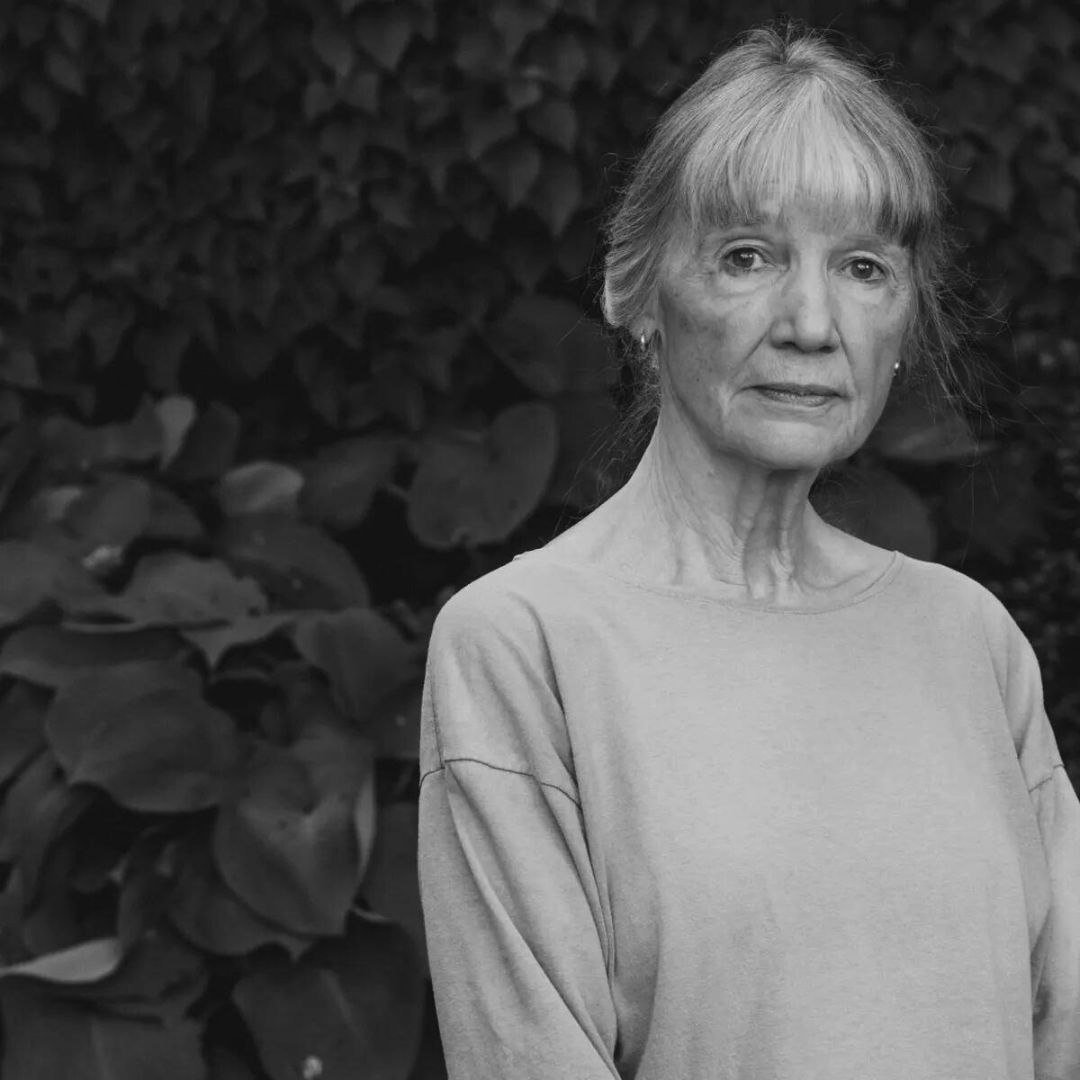

























.jpeg)
.png)






.jpeg)



















.jpg)
.jpg)





.jpeg)



.jpg)


.jpg)

.jpeg)






.jpeg)

.jpg)
.jpg)



.jpg)
.jpg)




.jpg)
